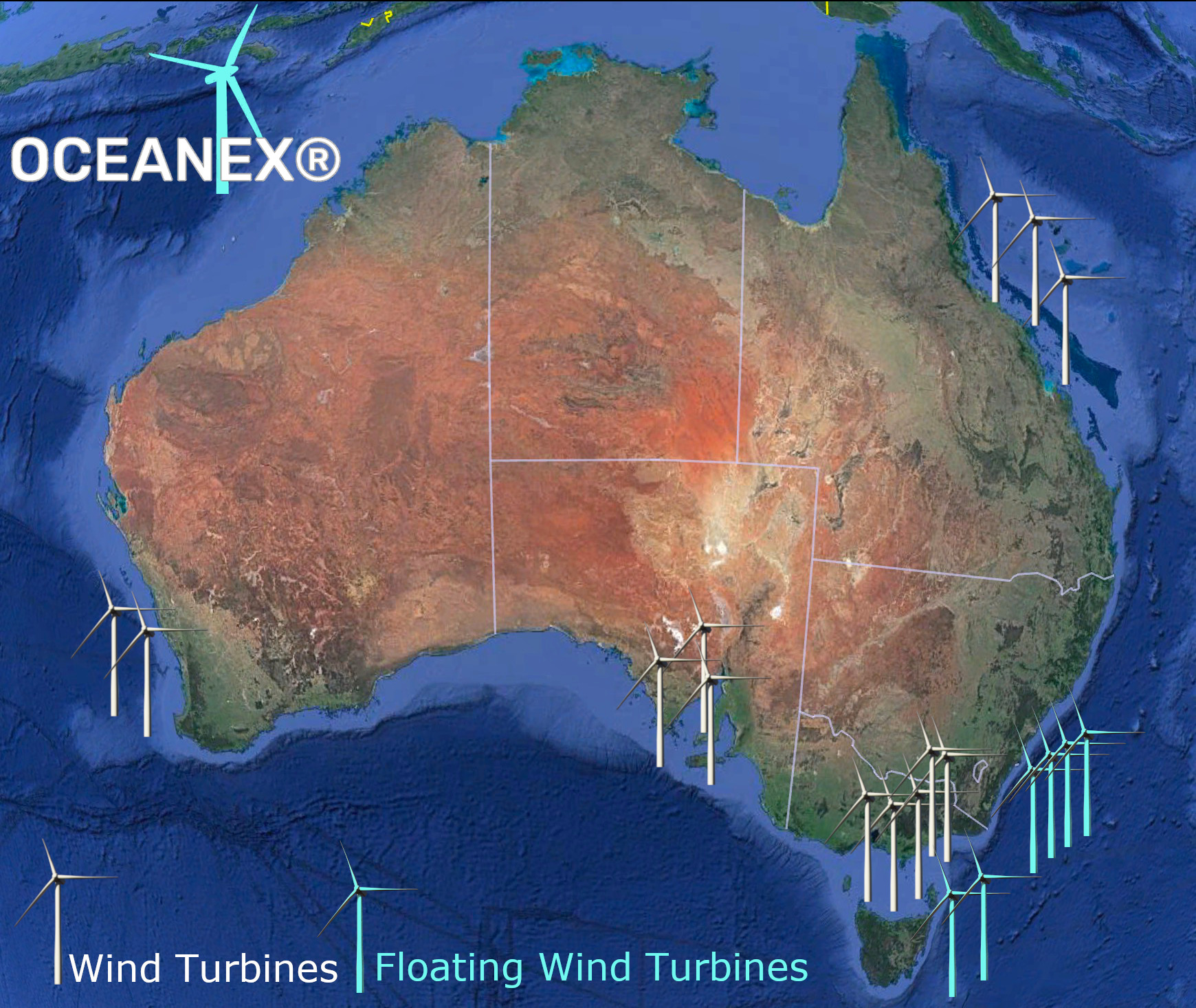
The question of why build offshore wind farms off the coast of Australia is one that has garnered a lot of attention in recent years. As the country looks to transition to renewable energy sources, offshore wind energy has emerged as a viable option. In this article, we will explore the benefits and challenges of building offshore wind farms in Australia, as well as the current state of the technology.
The Advantages of Offshore Wind Farms in Australia
There are several advantages to building offshore wind farms off the coast of Australia. One of the main benefits is the abundance of strong and consistent winds found in the country’s offshore waters. Australia is blessed with some of the best wind resources in the world, making it an ideal location for offshore wind farms. These winds can be harnessed to generate electricity, which can be transmitted to the mainland via underwater cables.
Another advantage of offshore wind farms in Australia is the potential for significant energy production. Offshore wind turbines can generate more electricity than their onshore counterparts, as they can access stronger and more consistent winds. This makes offshore wind farms a more efficient and cost-effective option for producing renewable energy.
Finally, offshore wind farms can also bring economic benefits to the local community. The construction and operation of offshore wind farms can create jobs and stimulate the local economy. In addition, the sale of electricity generated by offshore wind farms can provide a new source of revenue for the community.
The Challenges and Limitations of Offshore Wind Farms in Australia
Despite the many advantages of offshore wind farms in Australia, there are also several challenges and limitations that need to be considered. One of the main challenges is the high upfront cost of building offshore wind farms. The construction of offshore wind farms requires specialized equipment and expertise, which can be costly. In addition, the transmission of electricity from offshore wind farms to the mainland also requires the use of underwater cables, which can add to the overall cost of the project.
Another challenge is the potential environmental impact of offshore wind farms. While offshore wind farms have a smaller footprint compared to other forms of energy production, they can still affect marine ecosystems and wildlife. This is an area that requires careful planning and consideration to minimize any negative impacts.
Finally, there are also technical challenges associated with building offshore wind farms in Australia. These include the need to design and build wind turbines that can withstand the harsh marine environment, as well as the challenges of transmitting electricity from offshore wind farms to the mainland.
The Current State of Offshore Wind Farms in Australia
Despite the challenges and limitations of offshore wind farms in Australia, the technology is rapidly advancing and becoming more widespread. Several offshore wind farm projects have been proposed in the country, and there is growing interest in developing this form of renewable energy. In addition, the Australian government has implemented policies and incentives to support the development of offshore wind farms, recognizing the potential of this technology to contribute to the country’s energy mix.
One of the most notable examples of an offshore wind farm in Australia is the Star of the South project, which is being developed off the coast of Victoria. The project consists of over 200 wind turbines and is expected to generate enough electricity to power over 500,000 homes. The project has received significant support from the local community and is seen as a key step in Australia’s transition to renewable energy.
Overall, building offshore wind farms off the coast of Australia has the potential to significantly contribute to the country’s energy mix and help it transition to a more sustainable future. While there are challenges and limitations that need to be addressed, the technology is advancing and may play a vital role in meeting Australia’s energy needs in the coming years.

